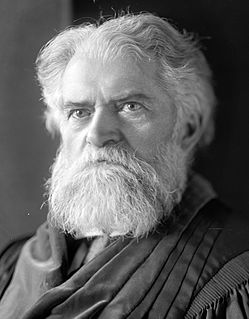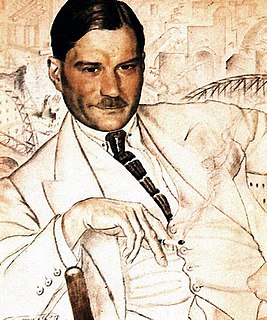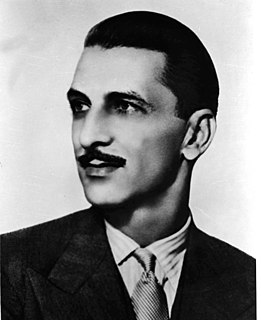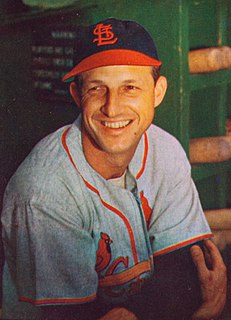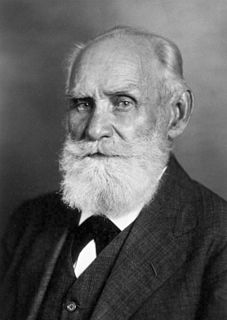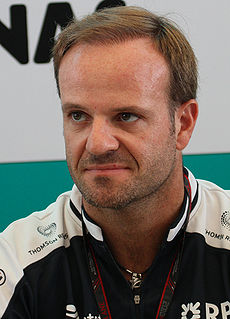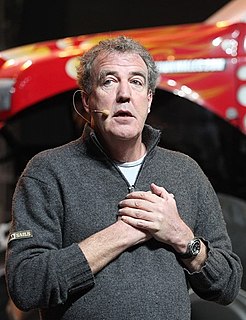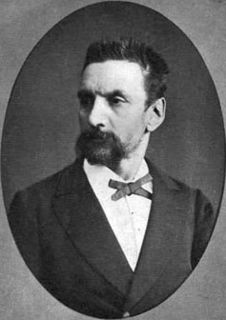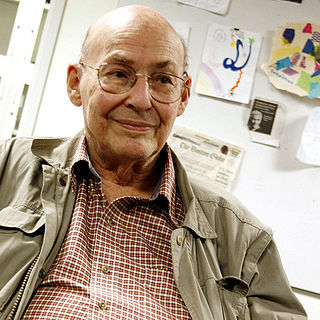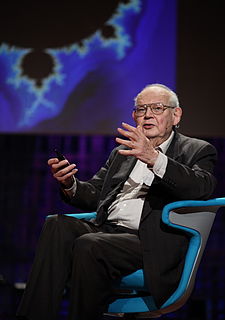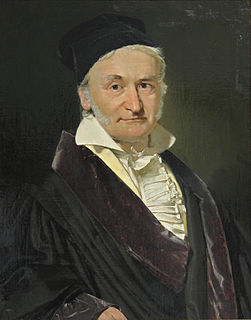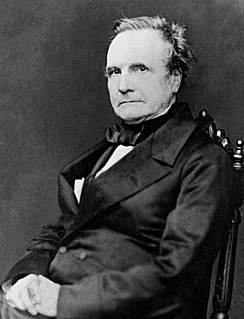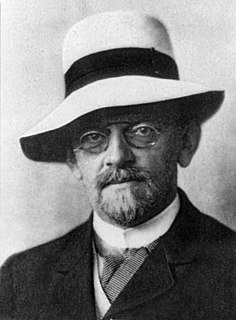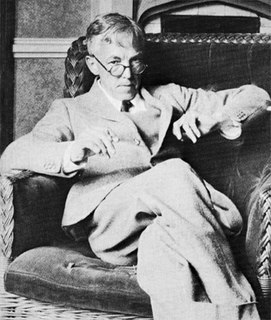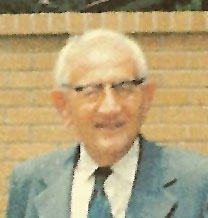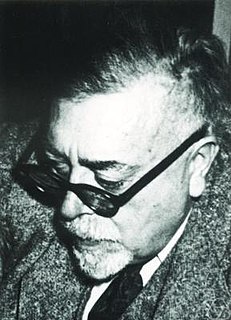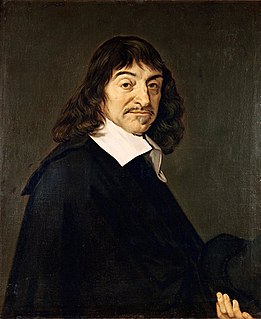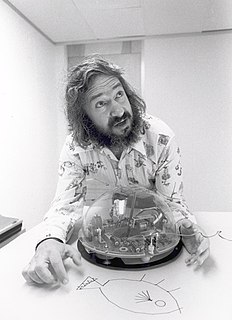A Quote by Simon Newcomb
Aerial flight is one of that class of problems with which man will never be able to cope. . . . The example of the bird does not prove that man can fly. Imagine the proud possessor of the aeroplane darting through the air at a speed of several hundred feet per second. It is the speed alone that sustains him. How is he ever going to stop?
Related Quotes
The essence of air transport is speed, and speed is unfortunately one of the most expensive commodities in the world, principally because of the disproportionate amount of the power required to achieve high speed and to lift loads thousands of feet into the air. This is strikingly illustrated by the fact that while an average cargo ship, freight train and transport aeroplane are each equipped with engines totalling about 2,500 H.P., the ship can carry a load of about 7,000 tons, the train 800 tons and the plane only two and a half tons.
Speed is the form of ecstasy the technical revolution has bestowed on man. As opposed to a motorcyclist, the runner is always present in his body, forever required to think about his blisters, his exhaustion; when he runs he feels his weight, his age, more conscious than ever of himself and of his time of life. This all changes when man delegates the faculty of speed to a machine: from then on, his own body is outside the process, and he gives over to a speed that is noncorporeal, nonmaterial, pure speed, speed itself, ecstasy speed.
The aeroplane. . . is not capable of unlimited magnification. It is not likely that it will ever carry more than five or seven passengers. High speed monoplanes will carry even less. . . . Over cities, the aerial sentry or policeman will be found. A thousand aeroplanes flying to the opera must be kept in line and each allowed to alight upon the roof of the auditorium, in its proper turn.
The mathematician of to-day admits that he can neither square the circle, duplicate the cube or trisect the angle. May not our mechanicians, in like manner, be ultimately forced to admit that aerial flight is one of that great class of problems with which men can never cope... I do not claim that this is a necessary conclusion from any past experience. But I do think that success must await progress of a different kind from that of invention.
I hold that in the flight of the soaring birds (the vultures, the eagles, and other birds which fly without flapping) ascension is produced by the skillful use of the force of the wind, and the steering, in any direction, is the result of skillful manoeuvres; so that by a moderate wind a man can, with an aeroplane, un- provided with any motor whatever, rise up into the air and direct himself at will, even against the wind itself.
At two-tenths the speed of light, dust and atoms might not do significant damage even in a voyage of 40 years, but the faster you go, the worse it is--space begins to become abrasive. When you begin to approach the speed of light, hydrogen atoms become cosmic-ray particles, and they will fry the crew. ...So 60,000 kilometers per second may be the practical speed limit for space travel.
